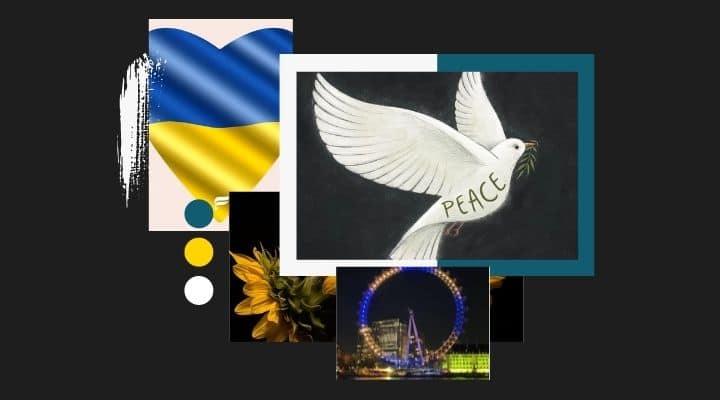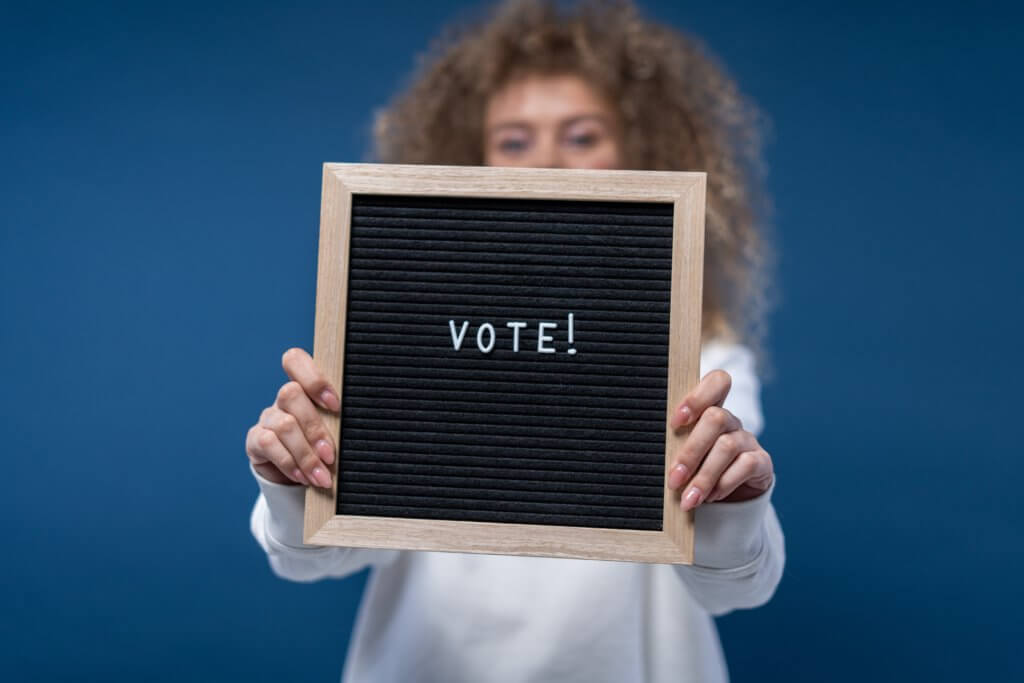How The Ukraine War Is Impacting Social Media

On behalf of everyone at ListenFirst, our hearts go out to the people of Ukraine, and we hope the horrific and unnecessary conflict ends as soon as possible, with Ukrainians safe and the independence of the country intact. While everything else involving the conflict is secondary to that, we did want to give a better […]
What Social Networks Were The Most Talked About In 2020

Whether it was a complete game changer or accelerating trends that were already in motion; the pandemic dramatically impacted what social media platforms we were using and discussing during the past year. To help quantify which social media platforms fell in and out of favor during 2020; we used our social listening abilities on Twitter […]
What Type Of Social Media Posts Are Working For Presidential Candidates

While the pandemic might have overshadowed what would have otherwise been wall-to-wall coverage of the presidential race, there’s still going to be an election in a few months, which means it’s time for ListenFirst to break out its analytics and share insights about what type of social media posts are most effective for each presidential […]
